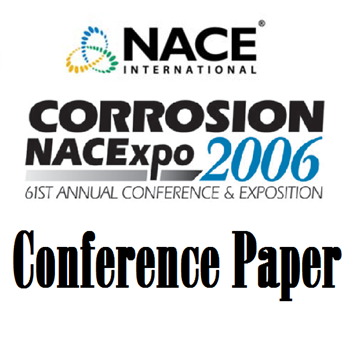Search
51314-4392-Novel Fouling Release Technology – Redefining Fouling Control
Also Purchased
03267 EVALUATION OF APPLICATION PROPERTIES OF TIN-FREE SPC ANTI-FOULING PAINT IN SHIP BUILDING YARD
Product Number:
51300-03267-SG
ISBN:
03267 2003 CP
$20.00
02463 ELECTROCHEMICALLY ACTIVATED WATER AS A NON POLLUTING ANTI-FOULING TECHNOLOGY
Product Number:
51300-02463-SG
ISBN:
02463 2002 CP
$20.00
06516 EVALUATION OF ANTIFOULING COATINGS PERFORMANCE TO PROTECT CARBON STEEL AGAINST MIC AND BIOFOULING IN POLLUTED SEAWATER
Product Number:
51300-06516-SG
ISBN:
06516 2006 CP
Publication Date:
2006
$20.00




